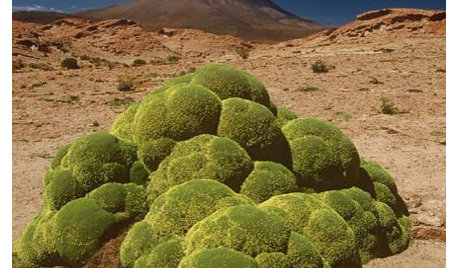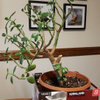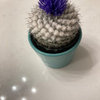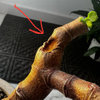Ponytail Palm 911!
kaktuskris
15 years ago
Featured Answer
Sort by:Oldest
Comments (12)
kaktuskris
15 years agoRelated Professionals
Wrentham Landscape Architects & Landscape Designers · Panama City Landscape Architects & Landscape Designers · San Benito Landscape Contractors · Soddy Daisy Landscape Contractors · Bloomington General Contractors · Fargo General Contractors · Kailua Kona General Contractors · Livermore General Contractors · North Lauderdale General Contractors · Poquoson General Contractors · Rocky Point General Contractors · Wolf Trap General Contractors · Plainfield Carpenters · Fort Lee Decks, Patios & Outdoor Enclosures · Lake Arrowhead Decks, Patios & Outdoor Enclosuresjoscience
15 years agokaktuskris
15 years agocactusjordi
15 years agocaudex1
15 years agobirdsnblooms
15 years agoblutarski
15 years agojoscience
15 years agokaktuskris
15 years agoNeed2SeeGreen 10 (SoCal)
7 years agoL Maki1213
7 years agolast modified: 7 years ago
Related Stories

HOUSEPLANTSGot Bright Light but Lack Spare Time? Try Ponytail Palm
This low-maintenance houseplant has an exotic look and a drought-tolerant nature. Just give it lots of sun
Full Story
DECORATING GUIDESPalm Trees Take Interiors on a Tropical Vacation
Conjure a sultry vibe or bring welcome life to modern rooms. Whatever your interior design style, palm trees are the ticket to enhancing it
Full Story
ARCHITECTURERoots of Style: Midcentury Modern Design
Midcentury modern still charms with its linear forms and low-sloping roofs. Appreciate it now — such simplicity can be hard to replicate
Full Story
DECORATING GUIDESSo Your Style Is: Tropical
Easygoing and natural with an exotic allure, rooms designed with a tropical feel exude warmth and graciousness
Full Story
HOUSEPLANTS8 Essentials for Healthy Indoor Plants
Houseplants add so much to our homes — and can thrive when grown in the right conditions. Keep these tips in mind
Full Story
HOUSEPLANTS10 Top Plants to Grow Indoors
Brighten a room and clean the air with a houseplant that cascades artfully, stretches toward the ceiling or looks great on a wall
Full Story
LANDSCAPE DESIGNExplore Your Garden Personality: The Whimsical Gardener
Begging exploration and drawing smiles, whimsical gardens make an art form of fun. Here’s how to keep them in balance
Full Story
INSIDE HOUZZDecorating Trends: A New Houzz Survey Shows What Homeowners Want
Is the TV gaining or losing ground? Are women or men trendier? Find out and learn more about people’s decorating plans right here
Full Story
LANDSCAPE DESIGNLet Nature Inspire Your Landscape: Devise a Desert Garden
Looking for the ultimate low-maintenance plant picks? Nature is way ahead of you
Full StoryMore Discussions











joscience